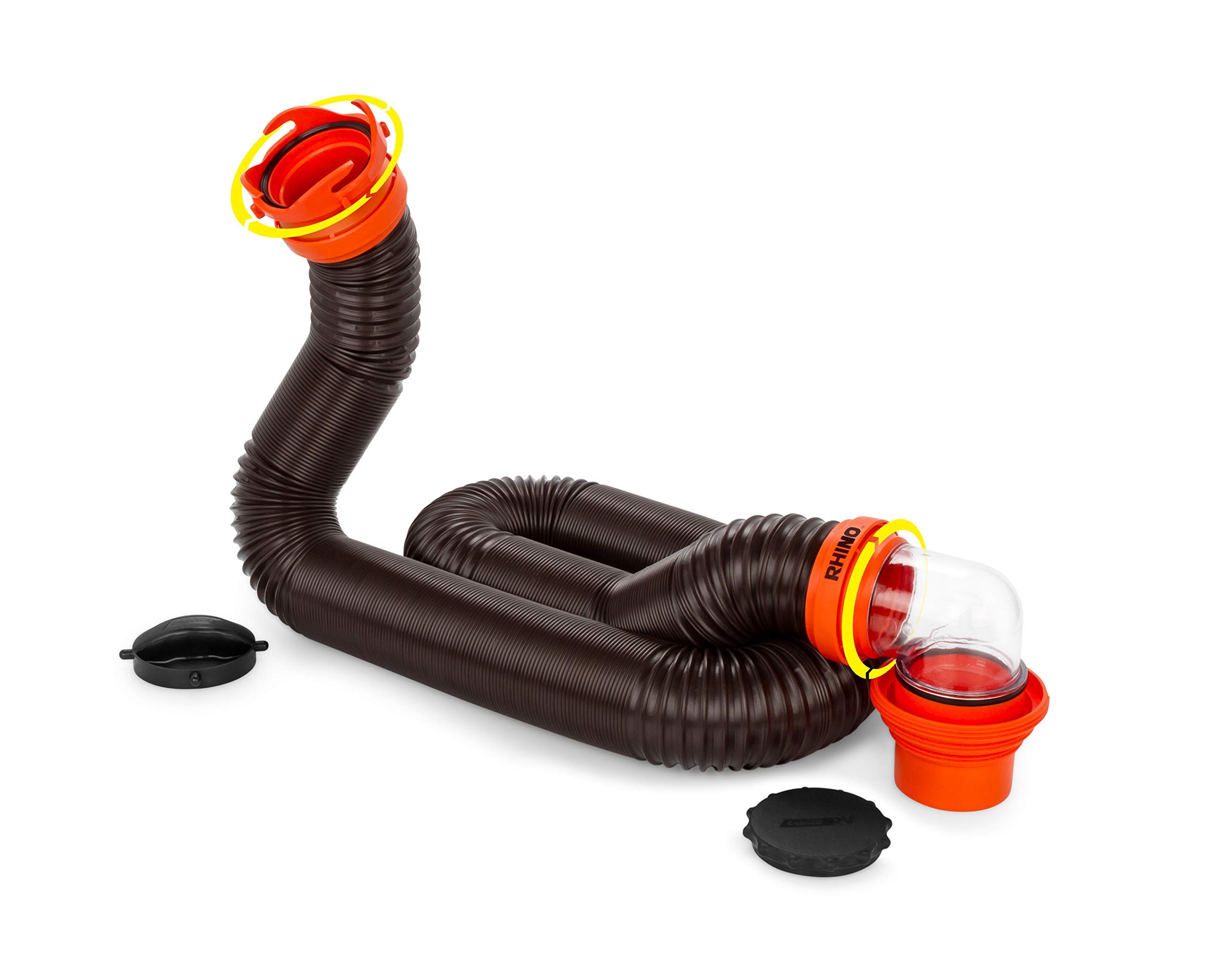

Articles
How To Store Rv Sewer Hose
Modified: February 23, 2024
Learn effective RV sewer hose storage techniques with our informative articles. Keep your hose organized and protected for hassle-free camping trips.
(Many of the links in this article redirect to a specific reviewed product. Your purchase of these products through affiliate links helps to generate commission for Storables.com, at no extra cost. Learn more)
Introduction
When it comes to owning an RV, proper maintenance and storage of essential accessories are crucial. One such accessory that needs careful attention is the RV sewer hose. Having a functional and properly stored sewer hose is vital for maintaining a clean and efficient waste management system in your RV.
In this article, we will guide you through the importance of proper storage for your RV sewer hose and provide step-by-step instructions on how to store it effectively. We will also discuss the different storage options available, the tools and materials you will need, and share some tips for maintaining the longevity of your sewer hose.
By following these guidelines, you can ensure that your RV sewer hose remains in top condition, preventing any unpleasant leaks or odors during your travels. So, let’s dive in and learn how to store your RV sewer hose properly.
Key Takeaways:
- Proper storage of your RV sewer hose is crucial for preventing damage, contamination, and odor issues, ensuring a clean and hassle-free waste management system for your RV travels.
- By following the step-by-step guide and valuable tips for maintaining RV sewer hose storage, you can keep your sewer hose in optimal condition, ready for worry-free adventures.
Read more: How To Store Sewer Hose In Rv
Why Proper Storage of RV Sewer Hose is Important
Proper storage of your RV sewer hose is essential for several reasons. Let’s explore why it’s important to give this accessory the attention it deserves.
Prevents Damage: By storing your RV sewer hose properly, you can safeguard it from potential damage. Improper storage, such as leaving it exposed to the elements or allowing it to be crushed under other items, can result in cracks, leaks, or even complete failure of the hose. To ensure the longevity of your sewer hose, it’s crucial to store it in a safe and protected environment.
Prevents Contamination: An RV sewer hose is used to transport wastewater from your RV’s holding tanks to the designated dump station. Any residues or bacteria present in the hose can contaminate the storage area if not handled correctly. Storing the hose properly ensures that there is no cross-contamination with other items in your RV storage compartments.
Avoids Odor Issues: A well-maintained sewer hose will minimize the risk of unpleasant odors inside your RV. When stored improperly, sewer hoses can develop leaks and release foul-smelling gases. By storing your hose correctly, you can prevent these leaks, keeping your RV smelling fresh and clean.
Maintains Hygiene: RV sewer hoses can harbor harmful bacteria and pathogens present in wastewater. When not properly stored, these contaminants can come into contact with your hands, clothes, or other items, posing health risks. Proper storage practices help maintain a hygienic environment and minimize the chances of exposure to harmful microorganisms.
Easy Access and Convenience: Storing your RV sewer hose properly allows for easy access when you need to empty your tanks. Imagine the frustration of searching for a tangled or poorly stored hose when you’re in a rush or dealing with a sewer emergency. By organizing and storing your hose correctly, you can save time and ensure a hassle-free waste disposal experience.
In summary, proper storage of your RV sewer hose is crucial for preserving its integrity, preventing contamination and odors, maintaining hygiene, and ensuring easy access when needed. Now that we understand the importance of proper storage, let’s move on to explore the various options available for storing your RV sewer hose.
Types of RV Sewer Hose Storage Options
When it comes to storing your RV sewer hose, there are several different options available. Each option has its own advantages and considerations. Let’s explore some of the most common types of RV sewer hose storage:
- Bumper-mounted Storage: Many RVs come equipped with a bumper-mounted storage tube specifically designed for storing the sewer hose. This option is convenient and keeps the hose securely stored on the rear bumper of your RV. However, it’s important to ensure that the tube is waterproof and clean before storing the hose to prevent contamination.
- Hose Carriers: Hose carriers are standalone storage units designed to securely hold your RV sewer hose. They typically come in various sizes and can be mounted underneath your RV or on the side. Hose carriers provide protection from the elements and keep the hose easily accessible.
- Hose Reels: Hose reels offer a neat and organized way to store your RV sewer hose. These reels can be mounted on the exterior wall of your RV or stored in a storage compartment. Simply retract the hose onto the reel after use, keeping it easily accessible and protecting it from damage.
- Dedicated Storage Compartments: Some RVs come equipped with dedicated storage compartments specifically designed for sewer hose storage. These compartments provide a clean and secure space for storing the hose, as well as other related accessories, such as gloves and sewer connections.
- Storage Bags and Boxes: If your RV doesn’t have built-in storage options, you can use storage bags or boxes to keep your sewer hose organized and protected. These bags or boxes can be stored in a compartment or carried separately, providing convenience and protection from contaminants.
When choosing the right storage option for your RV sewer hose, consider factors such as available space, convenience of access, protection from elements, and the overall storage needs of your RV. Remember to ensure that the chosen storage method keeps the hose clean, dry, and free from contaminants.
Now that we’ve explored the various storage options, let’s move on to the tools and materials you will need for effective RV sewer hose storage.
Required Tools and Materials for RV Sewer Hose Storage
Before you begin storing your RV sewer hose, it’s important to gather a few essential tools and materials. Having these items on hand will make the storage process easier and more efficient. Here’s a list of what you’ll need:
- Sewer Hose: Ensure you have a high-quality and durable sewer hose that is compatible with your RV’s waste management system. Consider investing in a hose that is flexible, corrosion-resistant, and equipped with secure fittings.
- Hose Carrier or Storage Tube: Depending on the storage option you choose, you may need a hose carrier, storage tube, or hose reel. Select a carrier or storage option that fits your sewer hose length and offers protection from the elements.
- Mounting Brackets and Hardware: If you opt for a mounted storage option, such as a hose carrier or reel, you may need mounting brackets and hardware to secure it to your RV. Check the manufacturer’s instructions for specific mounting requirements.
- Cleaning Supplies: To maintain hygiene and prevent odors, keep cleaning supplies like soap, water, and disinfectants on hand. You may also want to consider purchasing specialized RV sewer hose cleaning products to ensure thorough cleaning and sanitization.
- Gloves and Mask: It’s essential to protect yourself during the storage process. Disposable gloves and a mask will help prevent any potential exposure to harmful bacteria present in the sewer hose.
- Storage Bag or Box (optional): If you choose a storage bag or box for your sewer hose, make sure it is durable, waterproof, and large enough to accommodate the hose and any additional accessories you wish to store with it.
These tools and materials will ensure that you have everything you need to store your RV sewer hose properly. Having a well-organized storage system will make it easier to access and maintain the hose when needed.
Now that you have all the necessary tools and materials, let’s proceed to the step-by-step guide on how to store your RV sewer hose effectively.
When storing your RV sewer hose, make sure to thoroughly clean and dry it before rolling it up. Consider using a dedicated storage container to keep it separate from other items and prevent any potential contamination.
Step-by-Step Guide to Storing RV Sewer Hose
Properly storing your RV sewer hose is crucial for maintaining its functionality and preventing any contamination or damage. Here is a step-by-step guide to help you store your RV sewer hose effectively:
- Clean the Hose: Before storing the sewer hose, thoroughly clean it using water and soap or a specialized RV sewer hose cleaner. This will help remove any residue or odor-causing substances.
- Allow the Hose to Dry: After cleaning, allow the sewer hose to air-dry completely. Ensure that it is completely dry before storing it to prevent any mold or mildew from forming.
- Empty and Rinse Holding Tanks: Before disconnecting the sewer hose from your RV’s waste outlet, make sure to empty and rinse the holding tanks thoroughly. This step ensures that there is no leftover waste or debris in the hose.
- Disconnect the Sewer Hose: Carefully disconnect the sewer hose from your RV’s waste outlet. Use disposable gloves and wear a mask to protect yourself from potential exposure to harmful bacteria.
- Flush and Clean the Hose: Attach a hose or use a dedicated sewer hose cleaning attachment to flush clean water through the hose to remove any remaining waste or debris. This step helps maintain the hygiene of the hose and prevents any residual odors.
- Store the Hose: Depending on the storage option you have chosen, either place the sewer hose in a dedicated storage tube, carrier, reel, or store it in a clean and waterproof bag or box. Ensure that the hose is coiled neatly and does not have any kinks or loops that could cause damage.
- Secure the Storage Option: If applicable, secure the hose carrier or reel in place using the appropriate mounting brackets and hardware. This ensures that the storage option remains securely attached to your RV during travel.
- Inspect the Storage Area: Before closing the storage compartment or securing the storage bag or box, inspect the area for any signs of leaks, damage, or wear. Ensure that the storage area is clean and dry to prevent any contamination or damage to the sewer hose.
- Maintain Regular Inspections: Periodically check the stored sewer hose for any signs of damage, leaks, or deterioration. Replace the hose if necessary to ensure the continued functionality of your waste management system.
By following these step-by-step instructions, you can ensure that your RV sewer hose is stored properly and remains in excellent condition. Now that you know how to store your sewer hose, let’s go over some essential tips for maintaining its storage.
Read also: 11 Best Rv Sewer Hose Storage For 2024
Tips for Maintaining RV Sewer Hose Storage
Maintaining the storage of your RV sewer hose is just as important as the storage itself. By following these tips, you can ensure that your sewer hose remains in excellent condition and ready for use whenever needed:
- Regular Cleaning: Clean your sewer hose thoroughly after each use to remove any waste or residue. Using specialized RV sewer hose cleaning products can help keep the hose fresh and odor-free.
- Inspect for Damage: Regularly inspect your sewer hose for any signs of damage, such as cracks, leaks, or worn-out fittings. Replace the hose immediately if any issues are found.
- Proper Coil Technique: When storing your sewer hose, coil it properly without any kinks or sharp bends. This prevents damage and ensures that the hose remains flexible and usable.
- Protect from Extreme Temperatures: Extreme hot or cold temperatures can damage your sewer hose. Store it in a climate-controlled area or use insulation sleeves to protect it from temperature fluctuations.
- Keep it Separate: Store your sewer hose separately from other RV accessories to prevent cross-contamination. This includes keeping it away from fresh water hoses or any other items that may cause contamination.
- Avoid Sharp Objects: Ensure that your sewer hose is not stored near sharp objects that may puncture or damage the hose. Keep it in a clean and safe environment to prevent any accidental tears or leaks.
- Regularly Replace Fittings: The fittings on your sewer hose can wear out over time. Regularly inspect them for any signs of wear or damage and replace them as needed to maintain a secure connection.
- Properly Secure Storage: If you’re using a storage option like a tube or carrier, ensure that it is securely fastened to your RV. This prevents the hose from bouncing around during travel and reduces the risk of damage.
- Prevent Odors: Use hose caps or plugs on both ends of the sewer hose when not in use to prevent odors from escaping and to keep insects or pests out.
- Don’t Overstuff: Avoid overstuffing your storage compartment with other items as it may put unnecessary pressure on the sewer hose. Allow some space to prevent any damage to the hose.
By following these helpful tips, you can maintain the storage of your RV sewer hose and extend its lifespan. A well-maintained and properly stored sewer hose ensures a clean and hassle-free waste management system for your RV.
Now that you are equipped with knowledge on proper storage and maintenance of your RV sewer hose, you can enjoy worry-free travels knowing that your waste management system is in good shape.
Conclusion
Proper storage of your RV sewer hose is a crucial aspect of maintaining a clean and efficient waste management system in your RV. By following the guidelines outlined in this article, you can ensure that your sewer hose remains in excellent condition, free from damage, contamination, and unpleasant odors.
We discussed the importance of proper storage, including the prevention of damage, contamination, and odor issues that can arise when the sewer hose is not stored effectively. We explored various storage options such as bumper-mounted storage, hose carriers, hose reels, dedicated storage compartments, and storage bags or boxes.
Furthermore, we provided a list of the essential tools and materials you’ll need for effective RV sewer hose storage, including a high-quality sewer hose, storage options, cleaning supplies, gloves, and a mask. Following the step-by-step guide, you can store your sewer hose with ease and ensure its longevity.
We also shared valuable tips for maintaining RV sewer hose storage, including regular cleaning, inspection for damage, proper coiling techniques, protection from extreme temperatures, and separation from other accessories to prevent contamination.
By implementing these tips and maintaining regular inspections, you can keep your sewer hose in optimal condition and ready for use whenever needed. Remember to replace any damaged fittings or hoses promptly and to store your sewer hose in a clean and safe environment.
Proper storage and maintenance of your RV sewer hose contribute to a more comfortable and hygienic RV experience. So, take the time to give your sewer hose the attention it deserves, and you’ll ensure a smooth and hassle-free waste management system throughout your RV adventures.
Thank you for reading, and happy travels!
Frequently Asked Questions about How To Store Rv Sewer Hose
Was this page helpful?
At Storables.com, we guarantee accurate and reliable information. Our content, validated by Expert Board Contributors, is crafted following stringent Editorial Policies. We're committed to providing you with well-researched, expert-backed insights for all your informational needs.
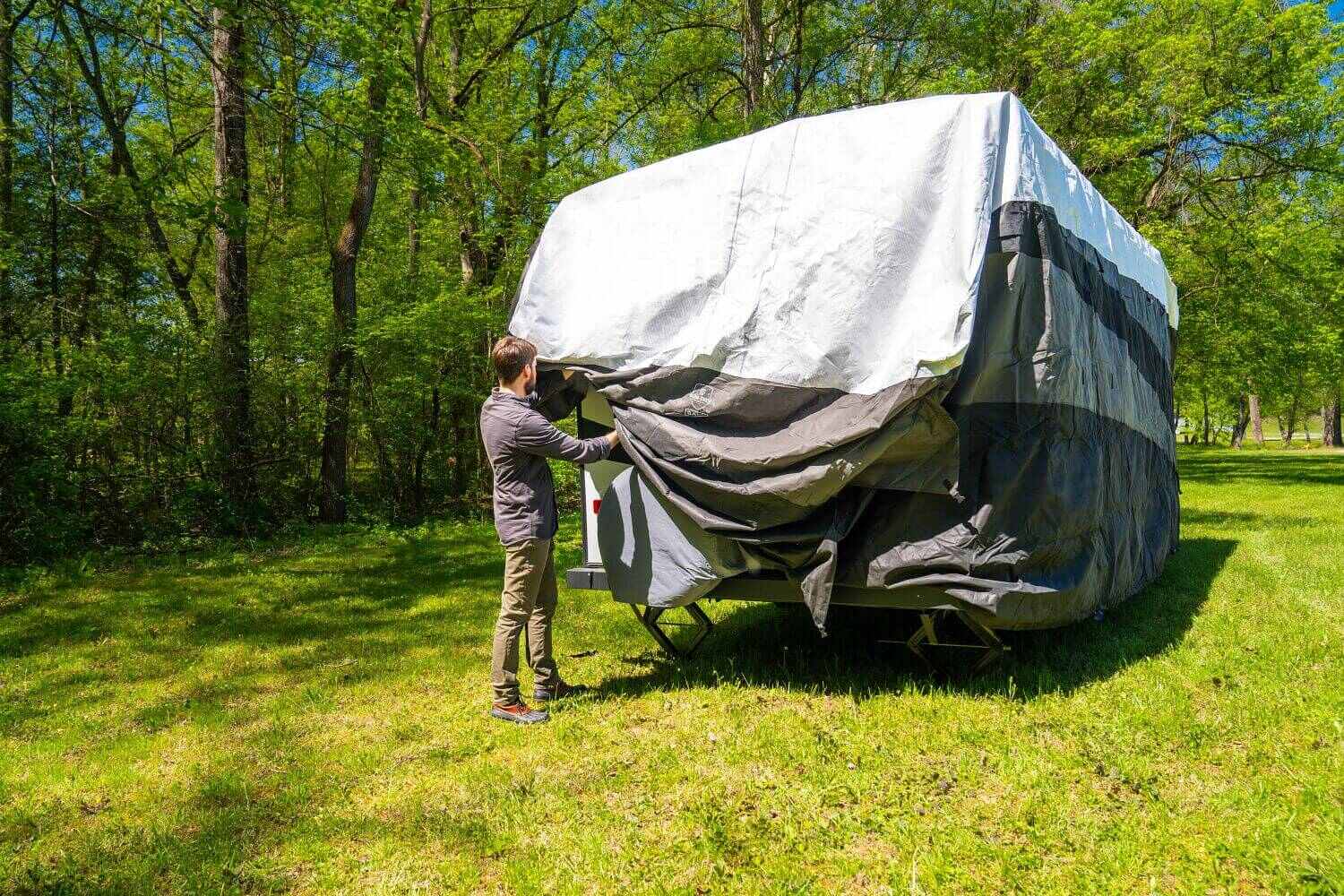
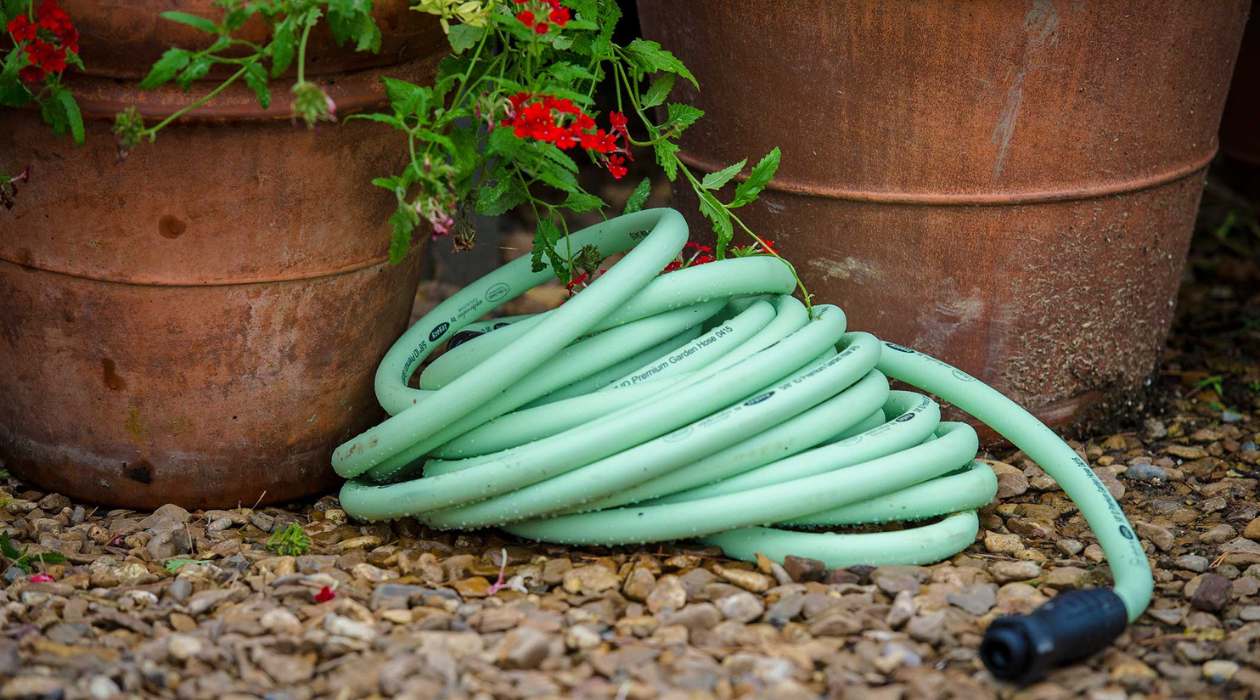
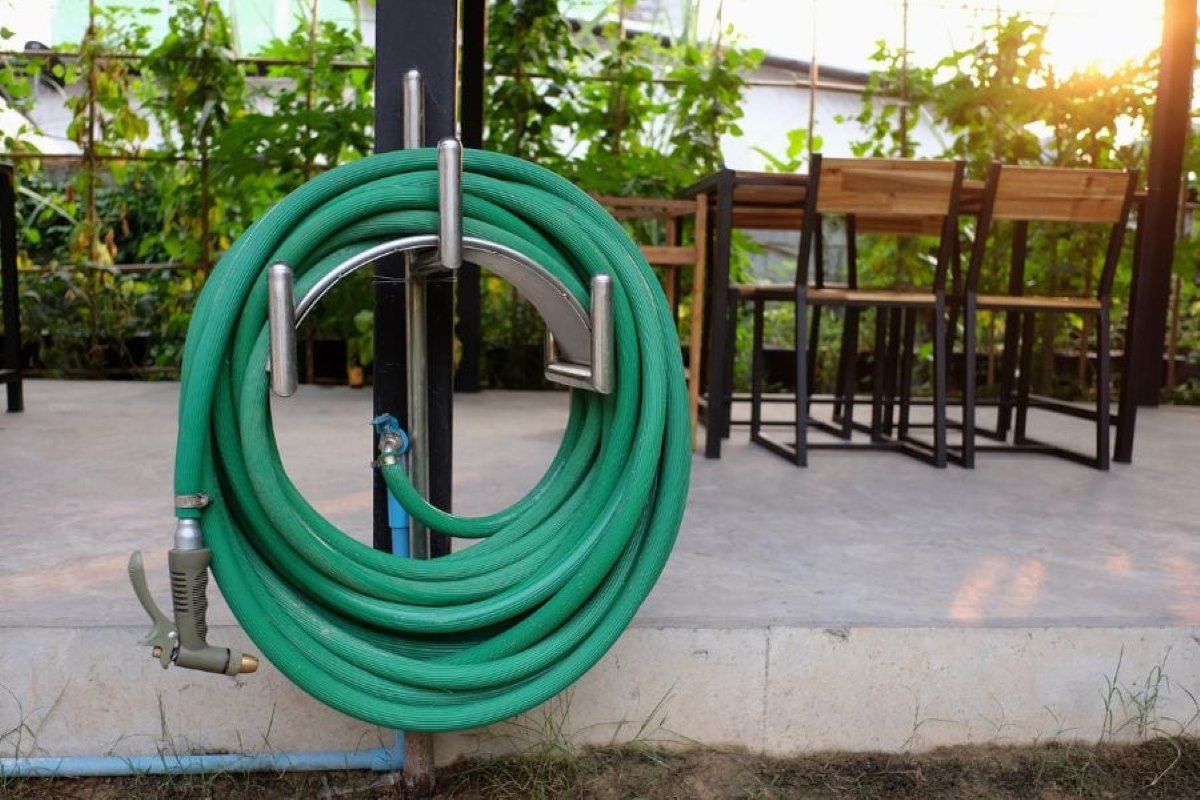
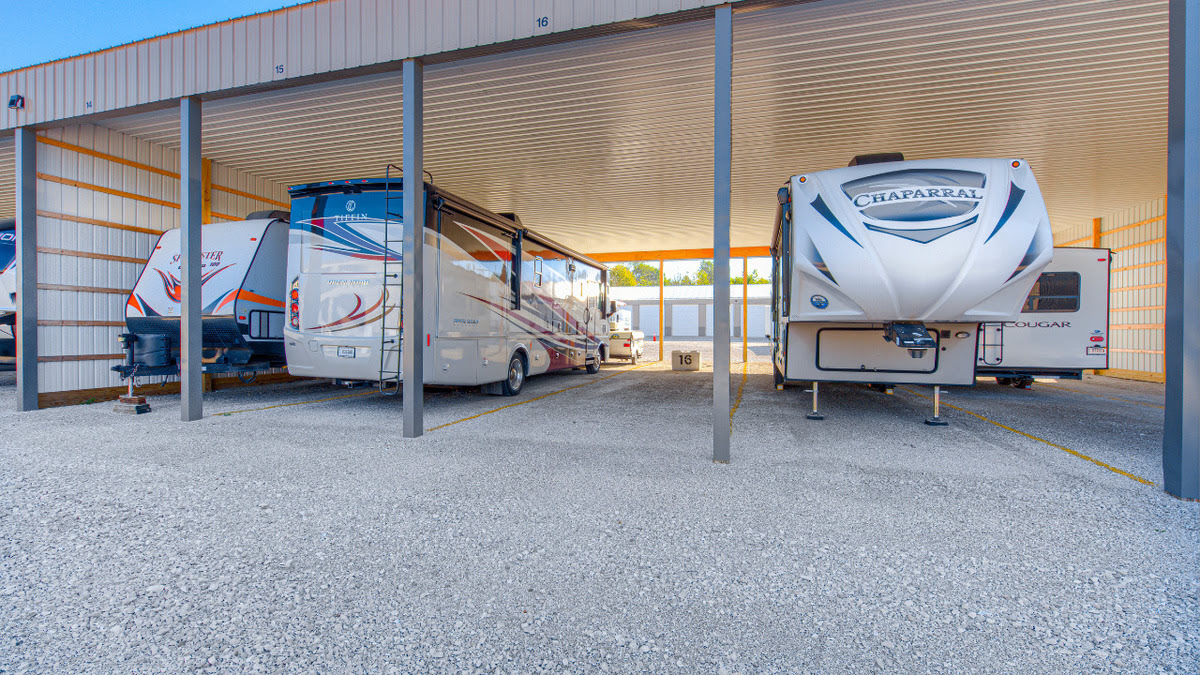
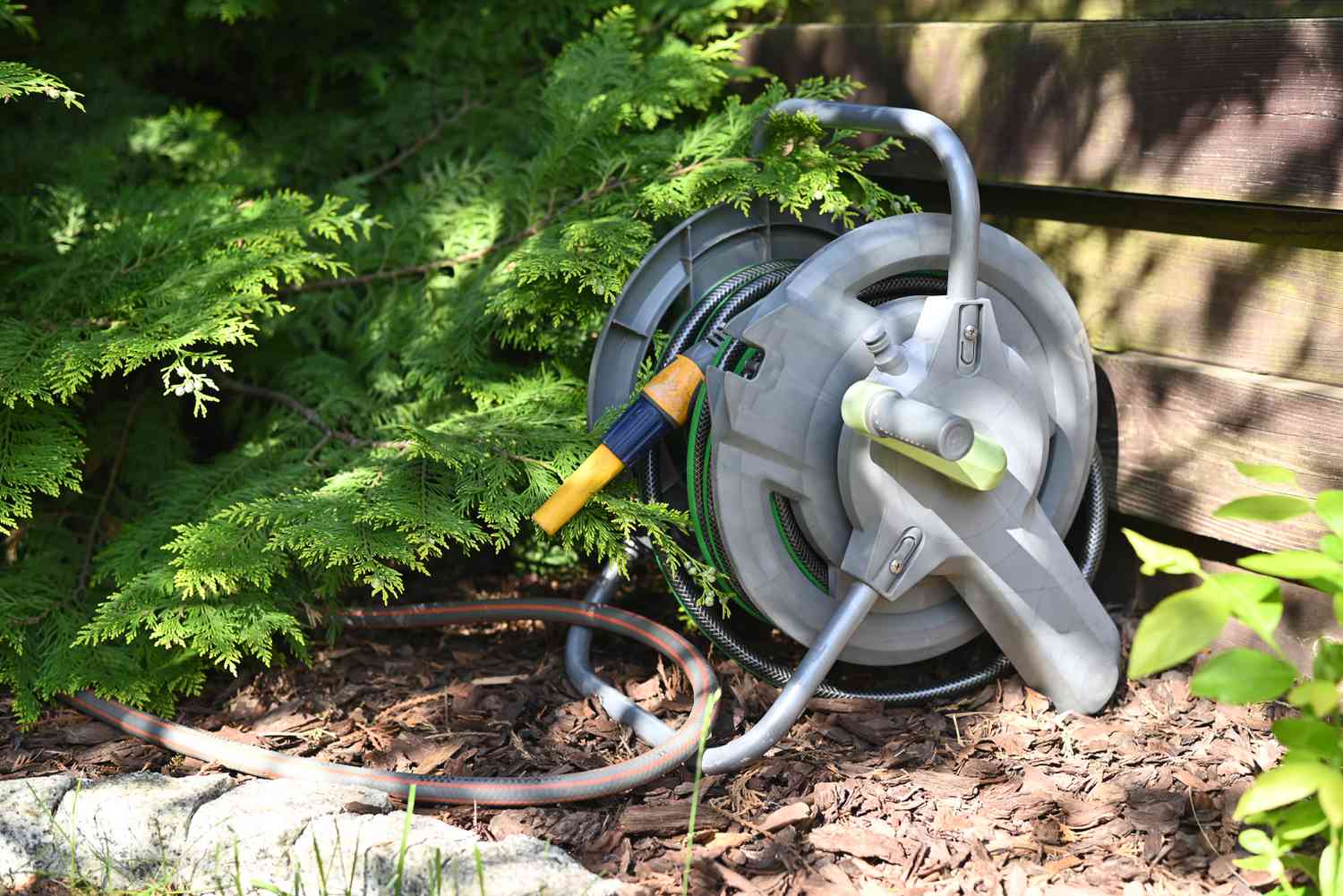
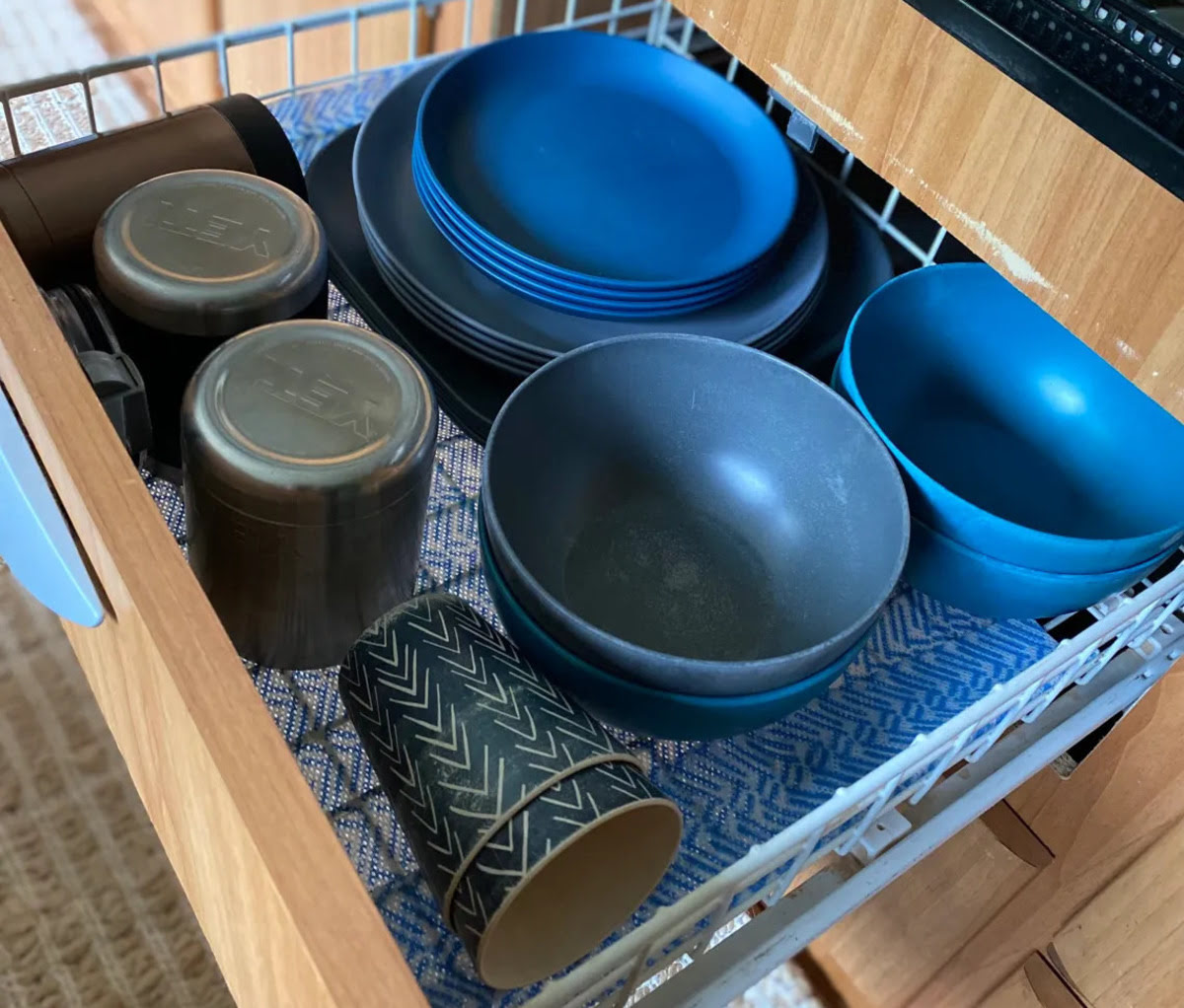
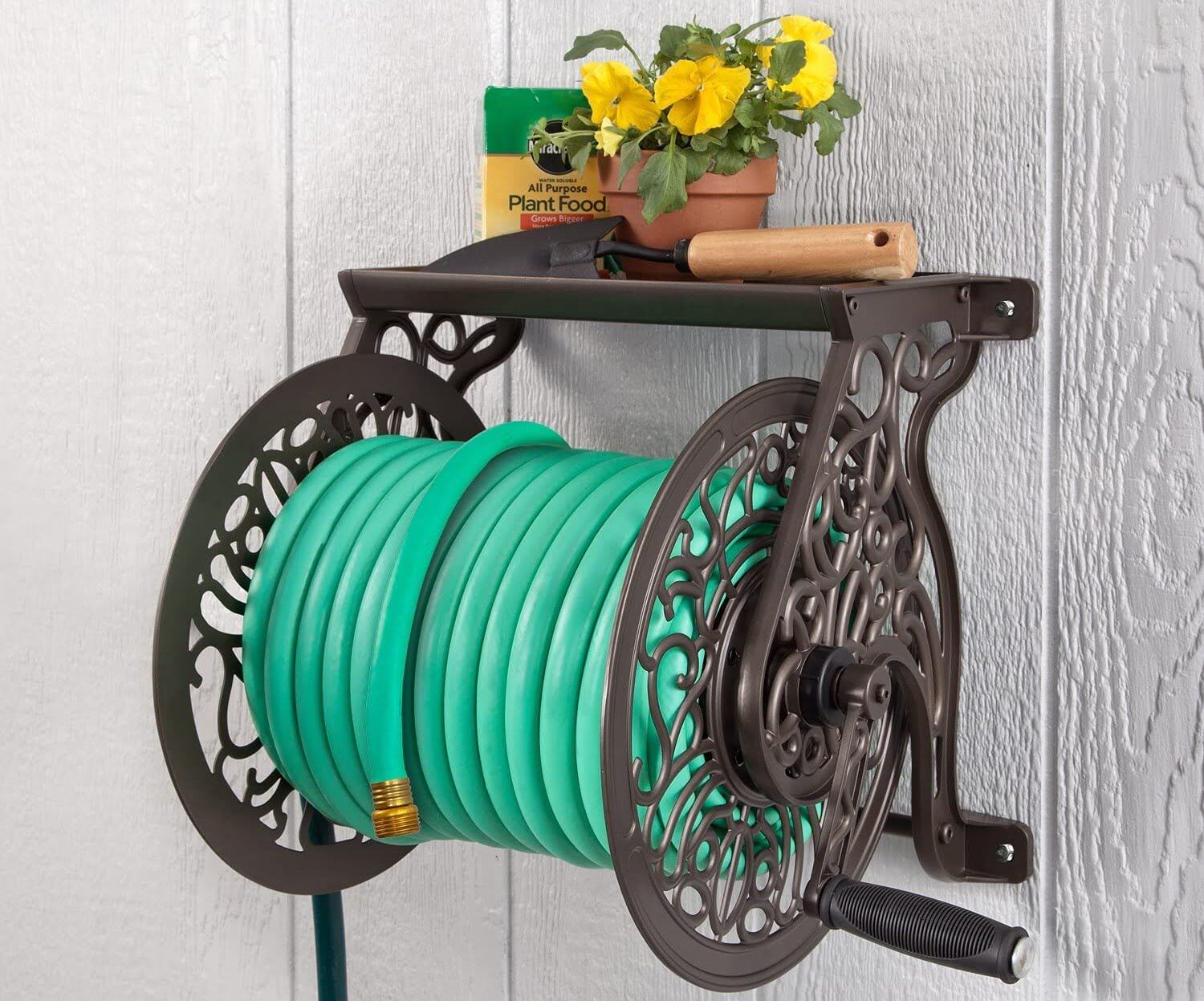
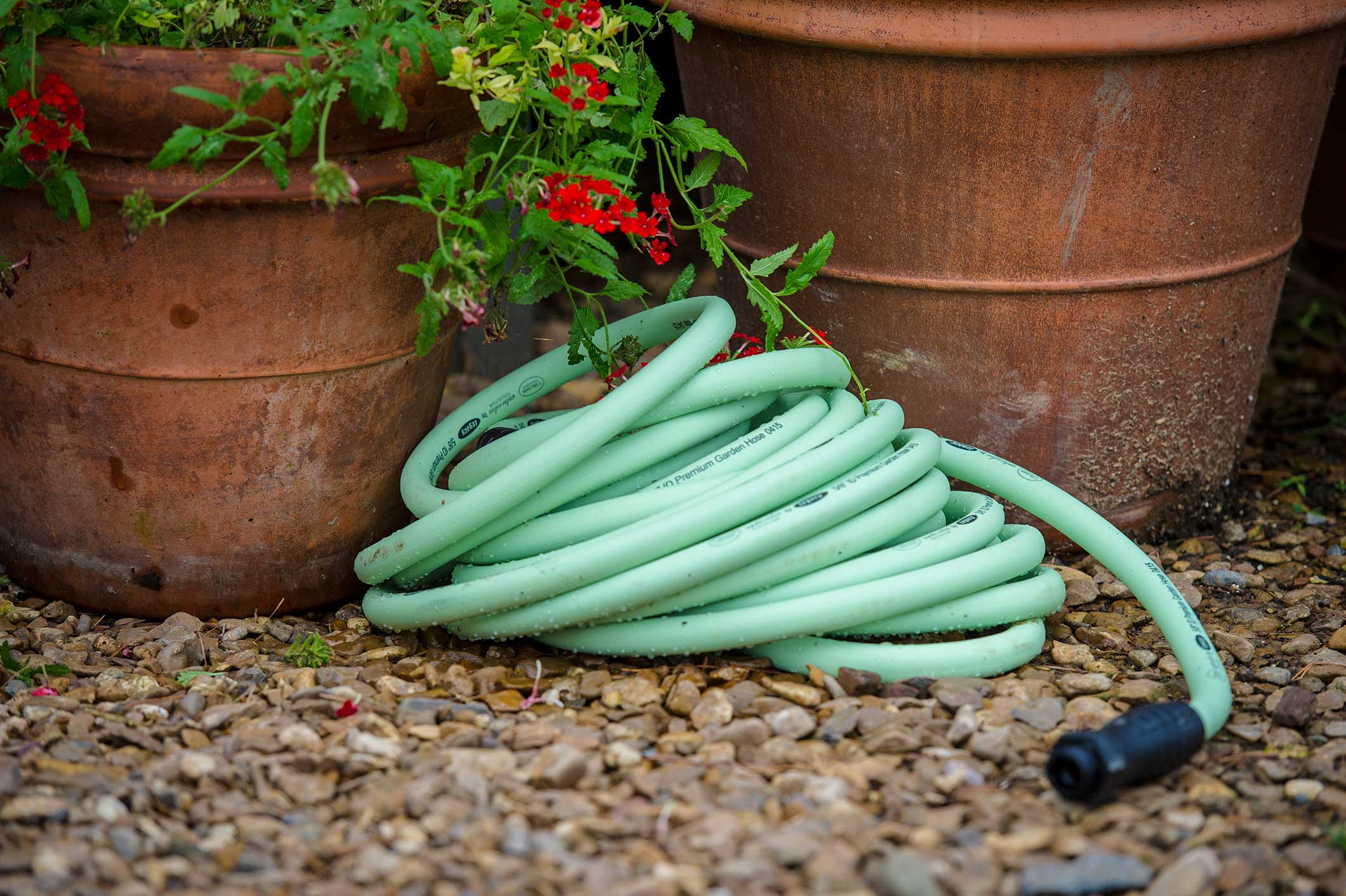
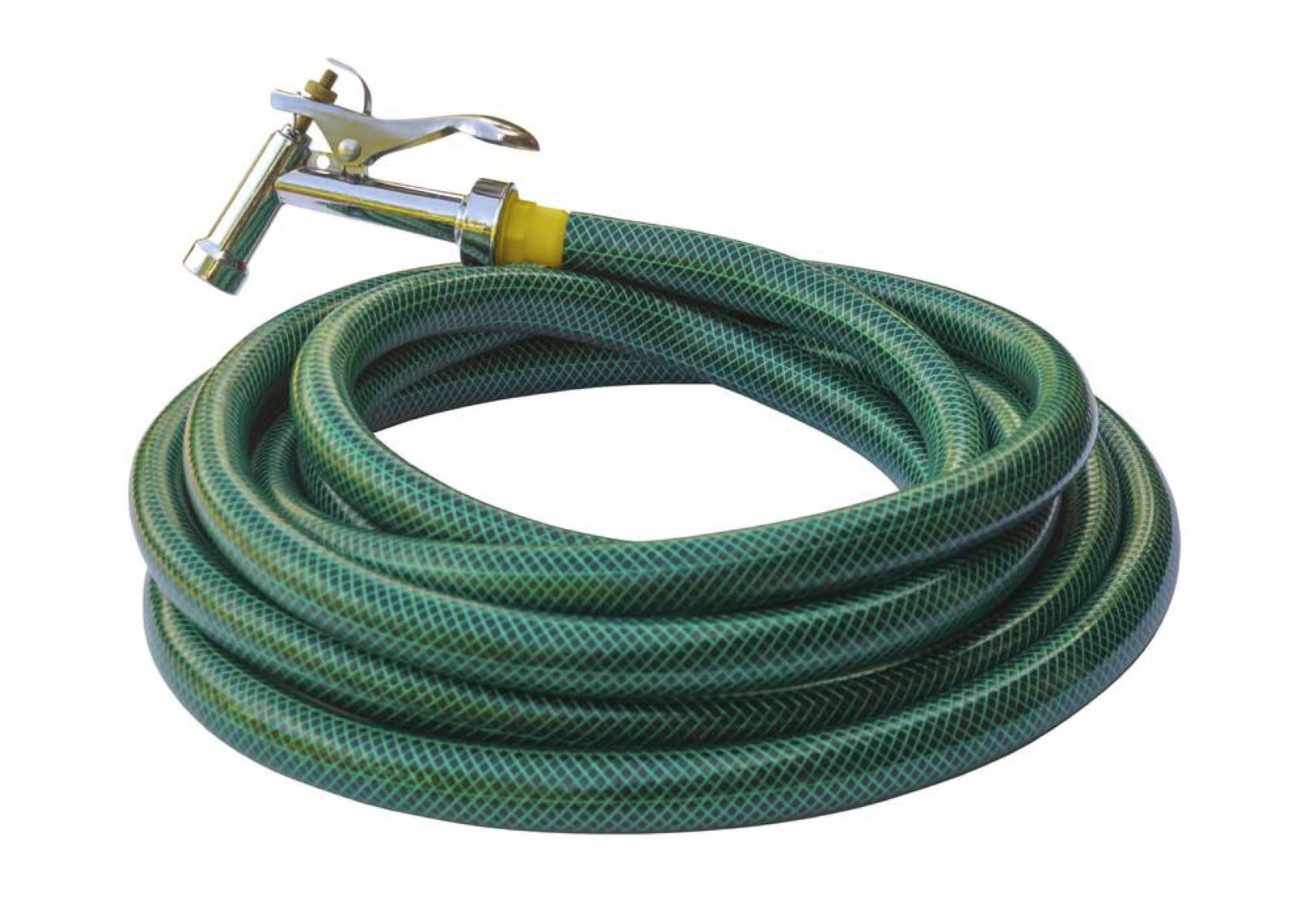
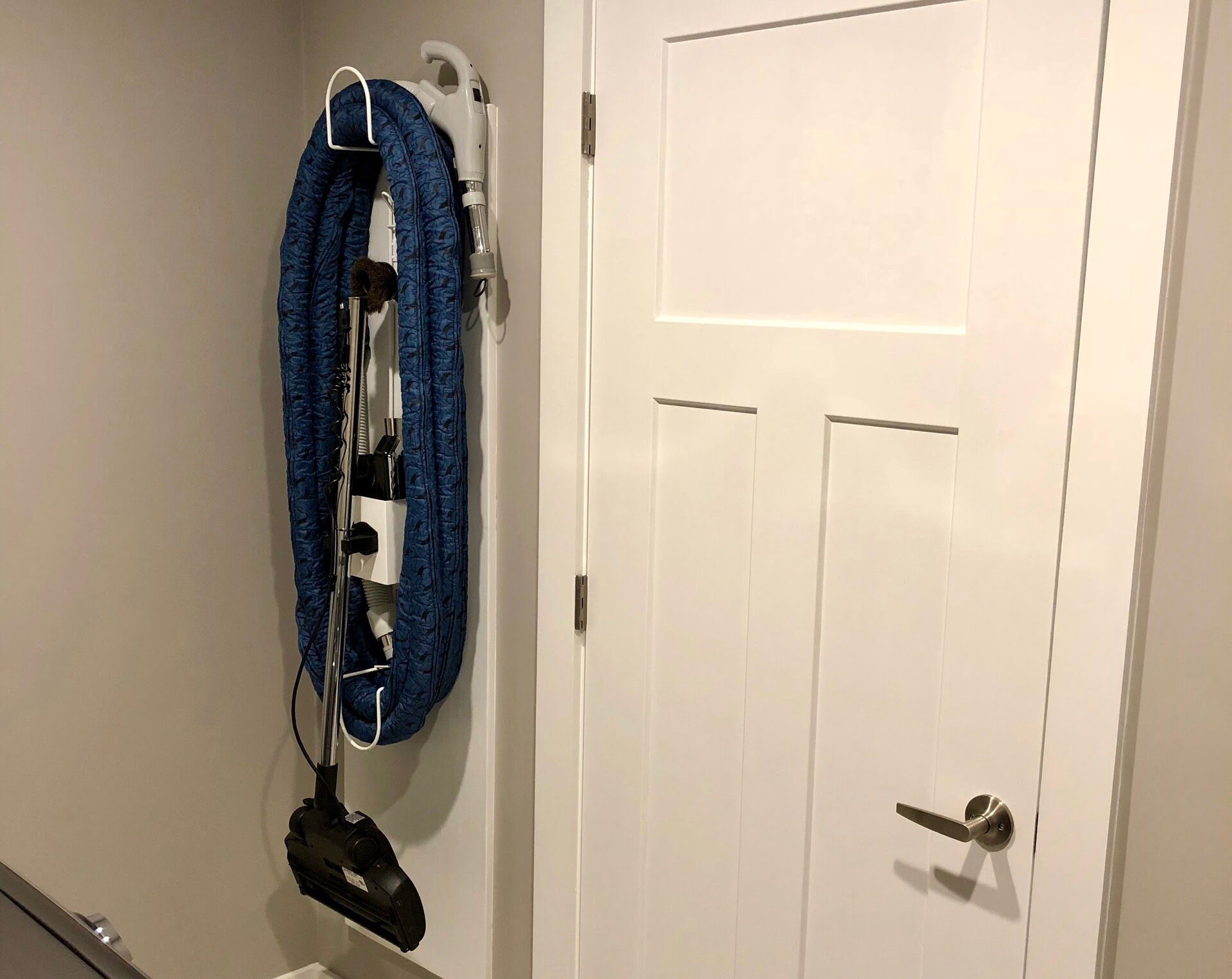
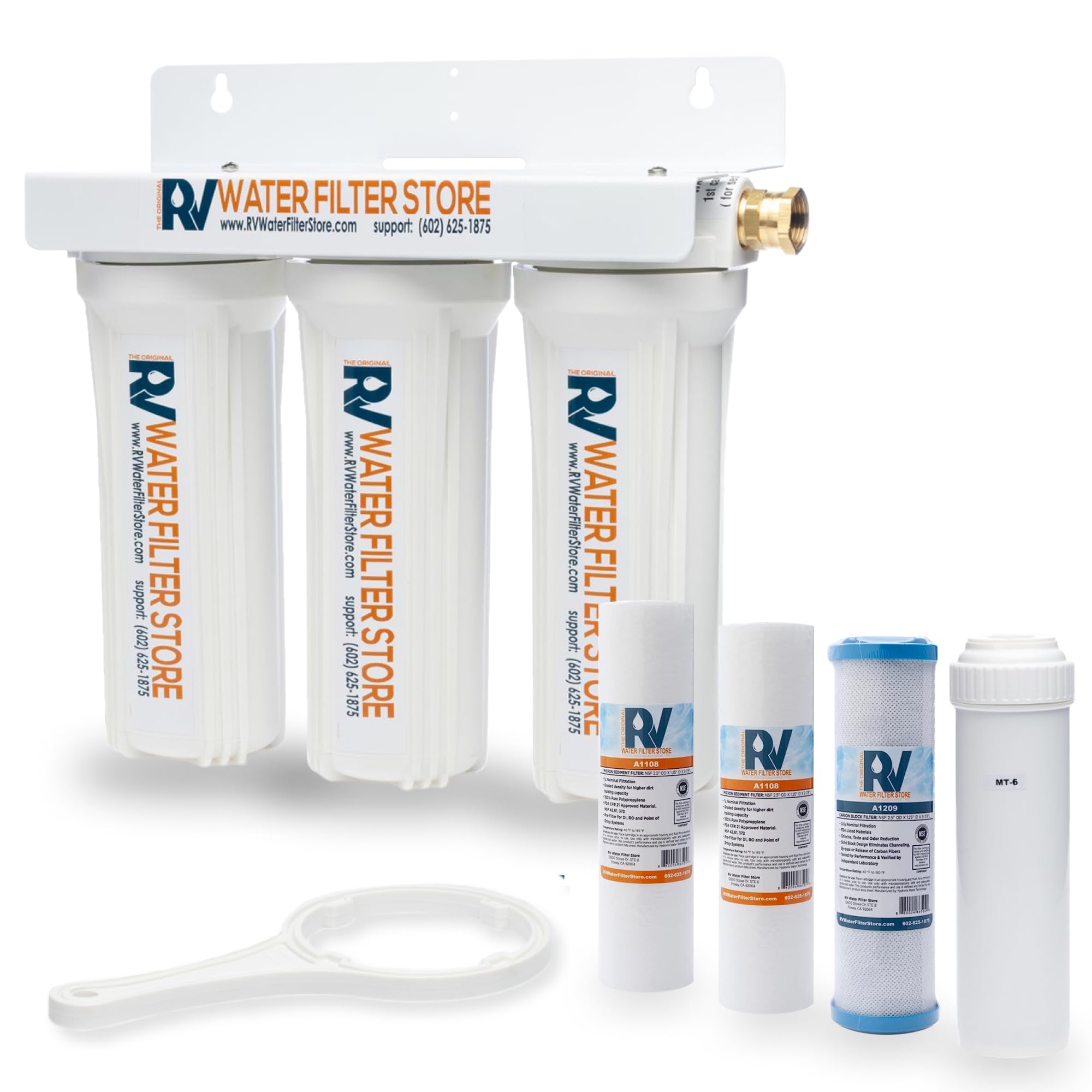
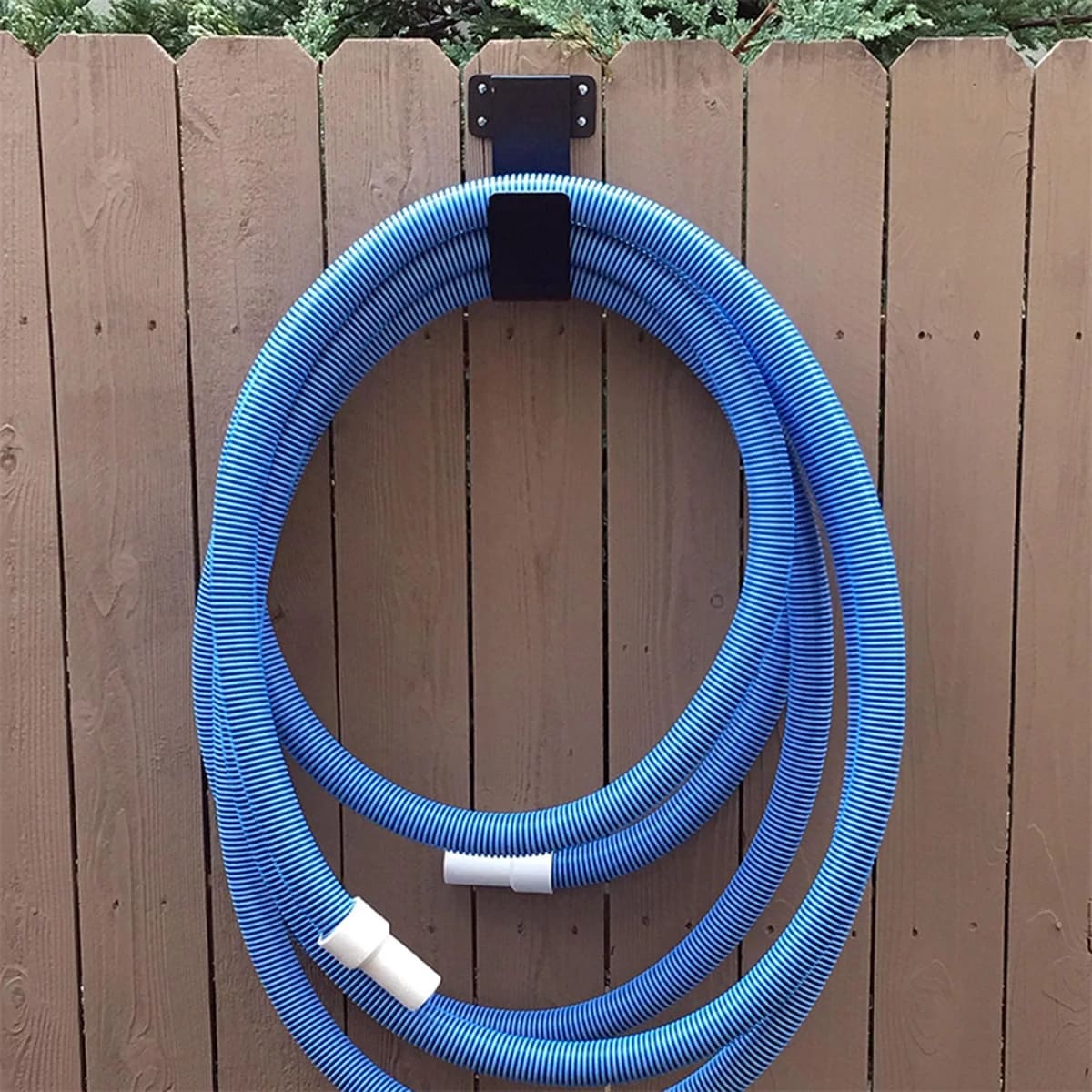
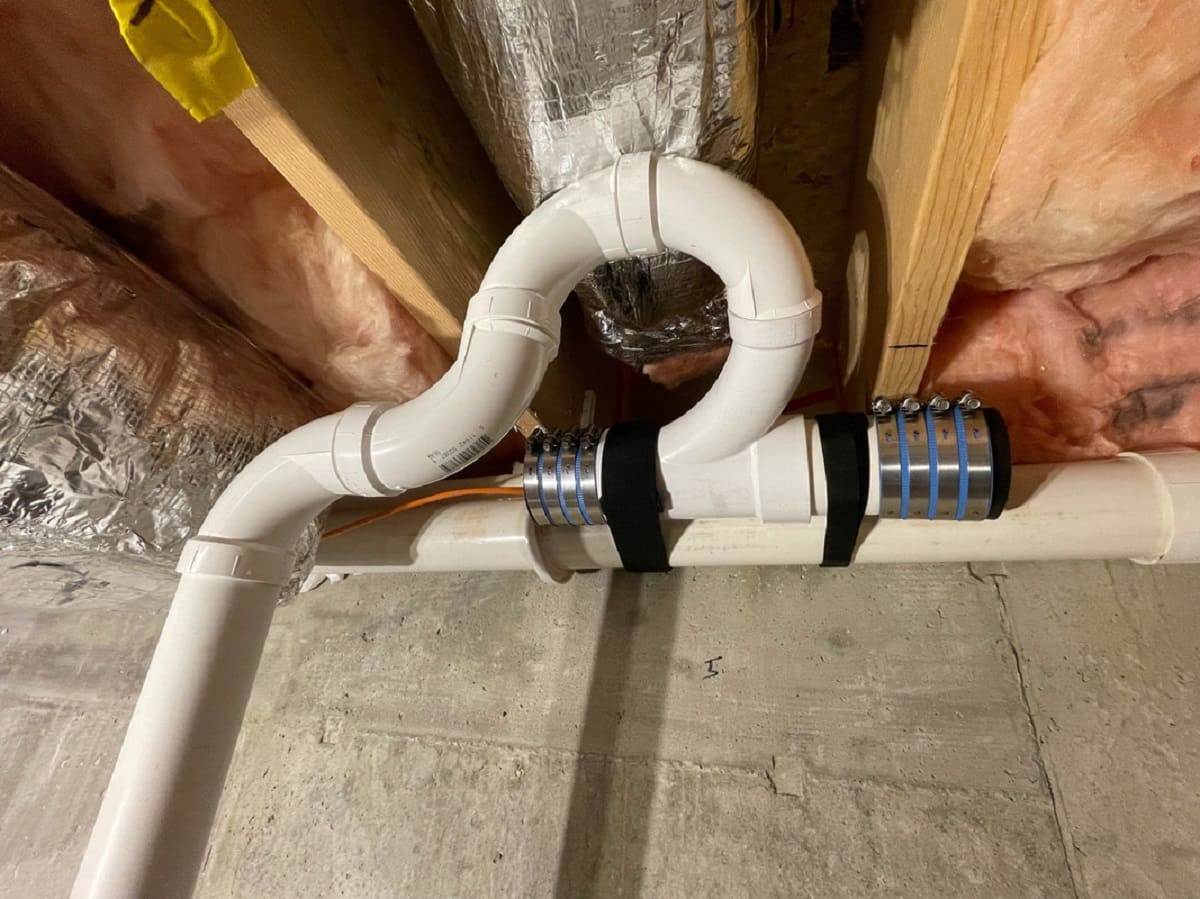
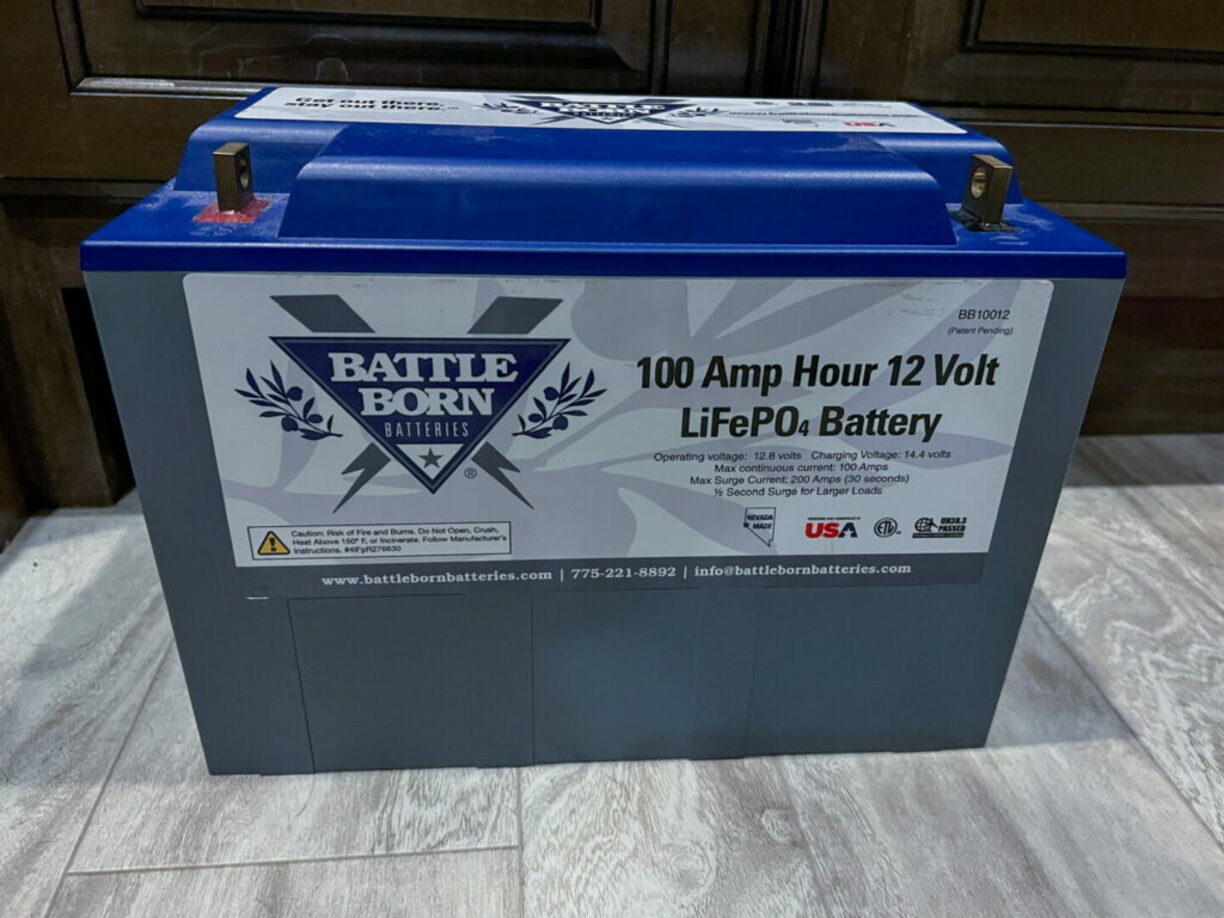

0 thoughts on “How To Store Rv Sewer Hose”